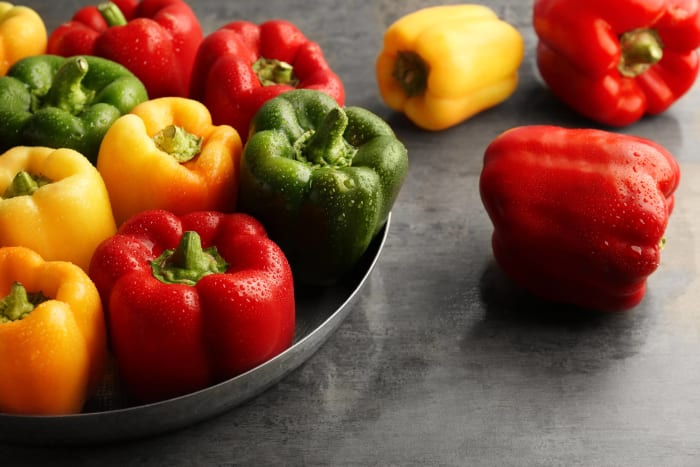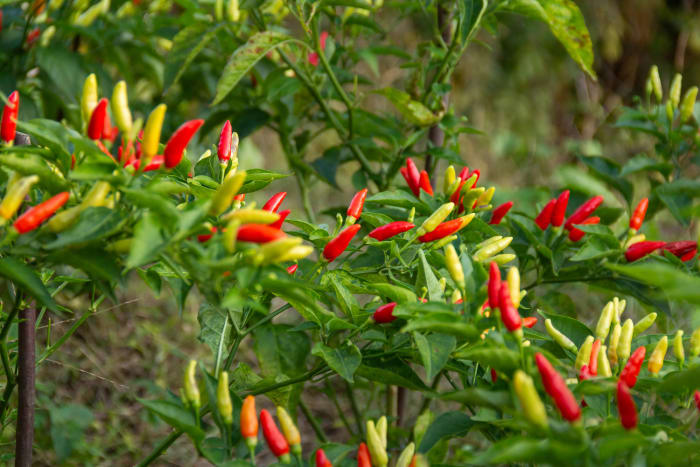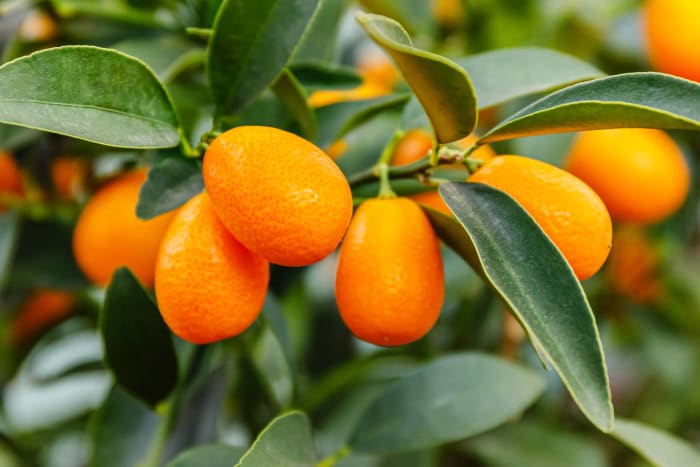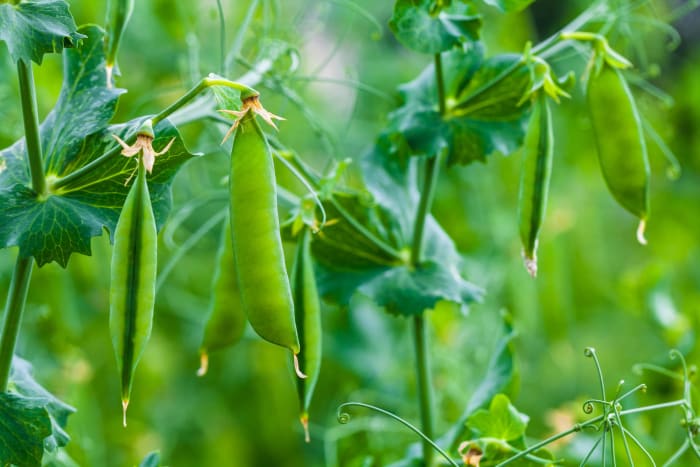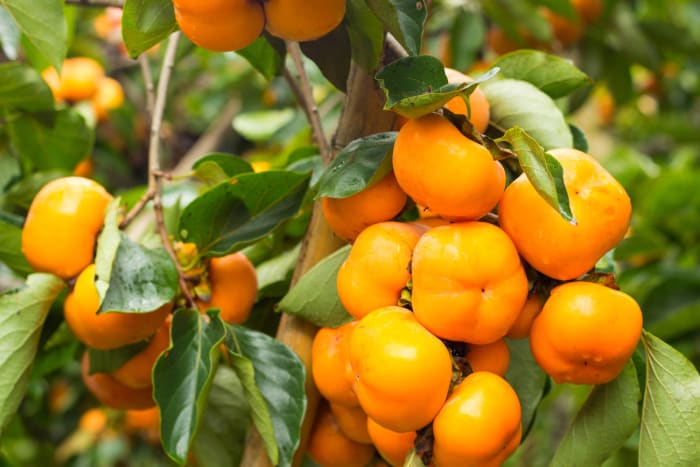The plant world can be confusing. When it comes to types of foods and classifications, there are strange definitions that contradict everything we thought we knew and our very upbringing—which is jarring, as we occasionally consider ourselves to be functioning adults. But we don’t make the rules, and whether they’re botanical definitions or legal decisions, we must abide by them. Here are 20 foods you didn’t know were fruits.
ChameleonsEye / Shutterstock.com
Because they’re green, many people mistake avocados for vegetables. Not only are they actually fruit, but they’re specifically berries, due to their fleshy endocarp and single seed.
Garmoncheg / Shutterstock.com
Remember that old rhyme that starts with, “Beans, beans, the musical fruit”? We won’t finish it, nor will we comment on the accuracy of the whole rhyme, but we can confirm that the first part, which defines beans as fruit, is true. Beans—kidney beans, lima beans, navy beans, etc.—are technically the seeds that are part of the whole fruit, which includes the pods. The hulls are edible early on, but by the time the beans are ready to harvest, their pods are no longer palatable.
Shutterstock
Bell peppers are just another example of a fruit being treated as a vegetable. But anyone who has ever cut up red, green, yellow, or orange bell peppers knows that they’re full of seeds, so they’re actually fruits. (Of course, they’re sort of sweet anyway, so this isn’t a huge stretch of the imagination.)
GVisions / Shutterstock.com
Just because chili peppers have some spice, it doesn’t mean they aren’t fruits, too. Bell peppers and chili peppers are close relatives, grow in the same way, and of course, are both chock full of seeds. And yes, this includes everything from mild banana peppers, to tangy jalapeños, to fiery ghost peppers.
Shutterstock
It makes sense that a coconut would be a fruit, given that it grows on trees in tropical climates like pineapples or mangoes. However, it’s also a seed, since you can get a coconut to sprout, and as the name suggests, it’s also technically a single-seeded tree nut.
Chutharat Kamkhuntee / Shutterstock.com
This is a strange one, as technically you could classify corn as a grain, a vegetable, and a fruit. Its kernels are whole grains that can be milled, but corn is also a low-calorie and low-fat starchy vegetable. However, because corn is a single-seeded product of plant growth, it can also be classified as a fruit.
Andrey Shtanko / Shutterstock.com
In the culinary world, cucumbers are treated as vegetables. However, they are the seed-bearing product of a flowering cucumber plant, which means they are fruits—and that means pickles are fruits, too!
Nnattalli / Shutterstock
Fleshy exterior? Check. Seeded interior? Check. Eggplants are indeed fruits, even though they are often mistaken for—and treated as—vegetables. In fact, they’re actually another surprise member of the berry family!
Greenair / Shutterstock.com
It doesn’t matter if you call them green beans, string beans, or snap beans—they are fruit! Specifically, they are a “dry fruit,” because when fully mature, the exterior will dry out, crack open, and reveal a mature seed, which can be planted and grown into a new plant (similar to the types of beans we previously discussed). Or in the case of green beans, its pod can be picked immaturely and both the pod and immature seeds (the interior “bean” part of green beans) can be eaten.
Nnattalli / Shutterstock.com
A lot of people don’t know what a kumquat is at all, so it’s likely many are unaware it’s a fruit—and a delicious one at that! For the record, kumquats are in the citrus family, which makes sense, as they look like very small misshapen oranges.
Hari Mahidhar / Shutterstock.com
You might have thought okra is a vegetable—or maybe you had no idea what okra was—but it’s actually a fruit. Although okra can be prepared as a vegetable (try this fried okra from Taste of Home) it can also be added to a fruit smoothie.
Ana Flasker / Shutterstock.com
Olives look kind of like grapes, which makes sense because both are fruits—but different kinds of fruits. Grapes are berries, but olives are stone fruits (or “drupes”) like peaches, plums, and mangoes. In fact, the closest relative to an olive might be its stone fruit counterpart: the cherry!
Zakhar Mar / Shutterstock.com
Like beans and green beans, pea pods are also fruits. The pods are the vessels that carry the seeds, which are the actual peas!
Mr. Thanachat Ousagul / Shutterstock.com
Unfamiliar with the persimmon? It’s botanically in the berry family, even though it doesn’t look anything like a berry and actually bears a strong resemblance to a tomato. For more on the tomato, keep reading.
Loren L. Masseth / Shutterstock.com
Apple-picking and pumpkin-picking are similar in that both involve the harvesting of fruit. That’s right, jack-o-lanterns are actually made using hollowed-out fruit, which somehow makes them slightly less spooky. (I think it’s because lots of kids fear vegetables from a young age.)
thirawatana phaisalratana / Shutterstock.com
Do you know what’s even more surprising than rambutans being fruit? The fact that they’re edible at all! They look like they’re more likely to eat you, or like something you’d see while scuba diving. But they actually grow on land—on trees in Southeast Asia, to be more precise—and are relatives of the lychee.
Jane McLoughlin / Shutterstock.com
Okay, this is a weird one. Botanically, rhubarb is actually a vegetable. Legally? It’s a fruit, thanks to a 1947 U.S. Customs Court case. An attorney successfully argued that because rhubarb is typically eaten for breakfast and dessert—and not as a side dish with poultry (yes, this is the actual argument)—it should be classified as a fruit. Of course, the attorney’s client had ulterior motives for this classification: they were trying to avoid a 50% duty on vegetables in favor of a 35% duty on fruits.
ND700 / Shutterstock.com
Yep, if pumpkins are fruits, that also means all types of squash are fruits, including varieties like acorn, butternut, and yellow squash. Not only do squash contain seeds and grow from flowering plants, but they can also sprout their own flowers—called squash blossoms—that are edible!
Gabrielle Hovey / Shutterstock.com
This seed-bearing food is a fruit, much to the surprise of many. Tomatoes are also in the Solanaceae nightshade family, are a solid source of umami flavor, and contain antioxidants, including lycopene.
Romiri / Shutterstock.com
Even zucchini is botanically a fruit! Like its squash relatives, zucchini grows from a seed and produces seeds, and thus is a fruit. Look at that: we had surprising fruits throughout the alphabet, from avocado to zucchini.
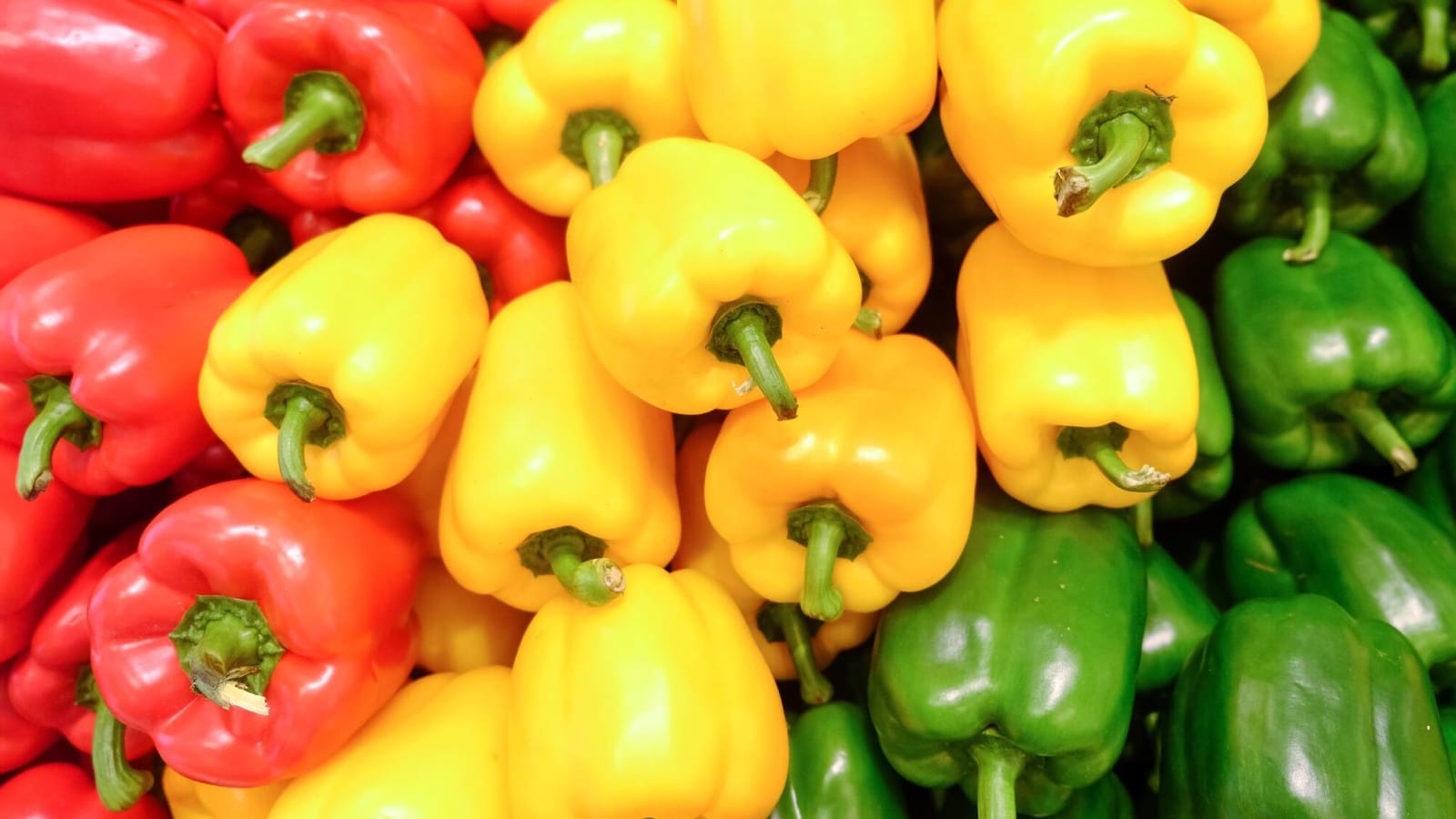
 +
+


